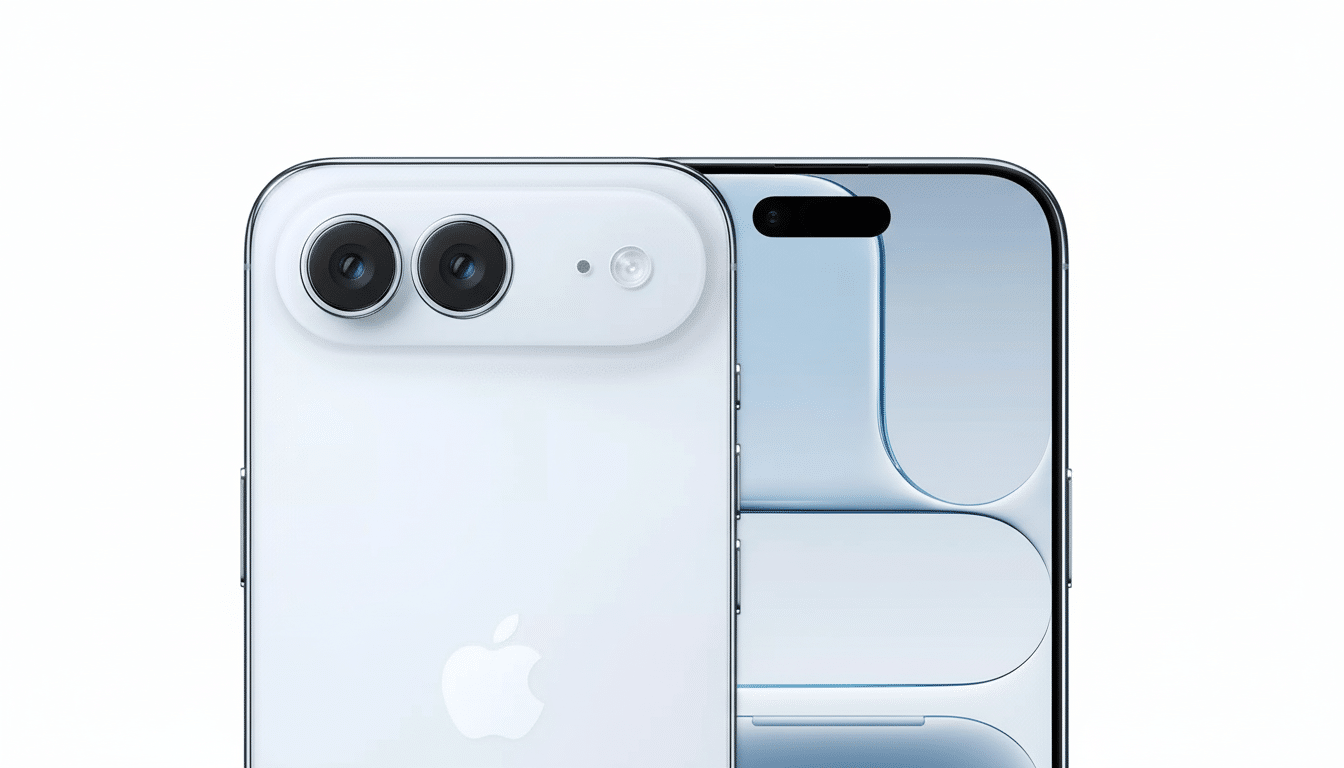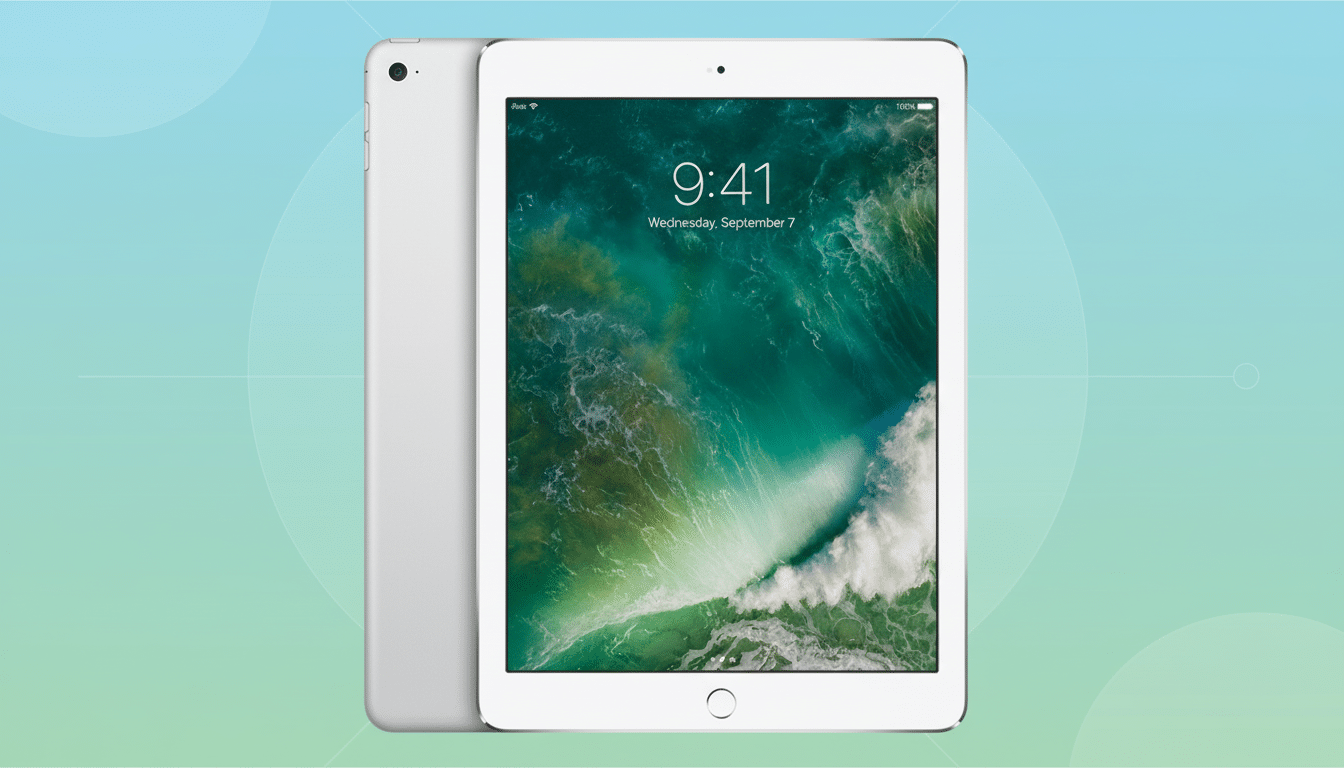Apple has put on hold plans for a follow-up to the ultra-thin iPhone Air, which comes as Samsung is said to have scrapped its Galaxy S26 Edge. Together, these moves imply the industry push toward razor-sleek flagships is plateauing against hard physics, harder economics and buyers who still continue to value battery life and camera prowess over shaving off another millimeter.
Apple has informed suppliers that the iPhone Air 2 is off the schedule with no new target date, reports The Information, which cites people familiar with the project.
- Apple’s Thin Dreams Encounter a Thicker Reality
- Samsung’s Withdrawal Signals a Broader Market Reality
- The Physics Problem That Too-Big-Screen TVs Can’t Solve
- Why OEMs Are Recalibrating the Roadmap for Thin Phones
- What It Would Take for Thin Phones to Work
- Bottom Line: Thin phones falter as battery and camera win

The device hasn’t been outright canceled, but the pause underlines deepening skepticism around how near-term viable an ultra-thin class at a premium price could be.
Apple’s Thin Dreams Encounter a Thicker Reality
Some engineering work is still continuing on the iPhone Air 2 by people involved in developing the device who weren’t told of its demise, according to people familiar with Apple’s plans. Meanwhile, manufacturing partners have already shifted course. Last month, Luxshare shut down its production of the current iPhone Air and Foxconn is expected to begin winding down lines by the end of this month. The iPhone Air 2 was rumored to be a launch buddy for the next Pro flagships from Apple, although it is uncertain when exactly its release can be expected now.
Apple’s accounting here is likely in line with what its rivals have found: thinness at the scale of complexity Apple operates at brings with it high-stakes trade-offs. A smaller frame restricts battery capacity and thermal headroom, and today’s large, advanced image sensors and periscope lenses also simply require… space. Apple’s latest flagships have gotten slightly thicker to fit larger batteries and more advanced cameras — not the Air approach.
Samsung’s Withdrawal Signals a Broader Market Reality
Samsung, which is said to have ditched the Galaxy S26 Edge after softer-than-anticipated demand for the wafer-thin Galaxy S25 Edge, completes this tale. The S25 Edge’s high cost and endurance trade-offs are said to have discouraged potential customers in the channel, especially when consumer-grade models have increasingly offered all-day uptimes and leading-edge imagers without engineering for razor-thin dimensions.
Battery life and camera quality have consistently been among the top things that consumers say they look for in a phone, according to market trackers like IDC and Counterpoint Research — especially at the premium end of the market. In a mature market with elongating replacement cycles, potential clients are more interested in substance than glitz and tangible performance for their daily lives. If “ultra-thin” means your phone charges twice a day, the sales pitch gets tougher.
The Physics Problem That Too-Big-Screen TVs Can’t Solve
Ultra-thin phones are bumping against the limits of components that aren’t getting thinner as fast as casings. High-density batteries have gotten only incrementally better, not exponentially so, and high-performance 5G chipsets and AI workloads give off heat that requires space to escape. Sure, thicker camera modules — ones with larger sensors and wider apertures, or in the case of so-called folded optics, even optical principles at play — are part of this inevitable design factor for why “thin” phones have camera bumps or smaller and less flexible imaging systems.

History offers cautionary tales. Devices such as the Vivo X5 Max and OPPO R5 impressed with sub-5mm builds, but were held back due to their compromised battery life and thermal limitations at large scale. Today’s flagships are typically about 7–8.5mm thick to keep the battery, camera hardware, cooling and durability in check. The demand for going really, really thin — absent any breakthrough at the component level — seems low.
Why OEMs Are Recalibrating the Roadmap for Thin Phones
When Apple pulls back from a product category, suppliers and competitors take notice. Component ecosystems frequently orbit around Apple-driven volumes; with the iPhone Air 2 delayed, it’s tougher to justify economies of scale in specialized thin components. That ripple effect could determine whether other rumored thin projects ship, slip or fade away unannounced.
There’s also a margin story. Custom batteries, unique in materials and design, can also add complexity and cost, as does advanced mechanical engineering in even the thinnest designs. In a market where the average selling prices are already steep, and phone owners are hanging on to their devices longer, companies need tangible, everyday reasons for charging those premiums. Millimeters mean less than hours of battery life or a better night photo, after all.
What It Would Take for Thin Phones to Work
To usher in a true return of ultra-thin, the component stack has to change. High-density batteries — from stacked cell designs to upgraded silicon-rich anodes to tighter packaging — could provide significant capacity without adding extra girth. More effective chipsets and more-sophisticated heat spreaders would help performance retention in confined spaces. On the camera side, thinner periscope designs and sensor advancements could also lead to less reliance on big modules.
These innovations are on the horizon — just not all at once. Semiconductor roadmaps from the big foundries prioritize gains in power efficiency, and battery firms in China and South Korea are aggressively funding next-gen chemistries and packaging. At least until those pieces mature, the majority of flagship lines are going to be prioritizing things like stamina, imaging and durability over breaking thinness barriers.
Bottom Line: Thin phones falter as battery and camera win
Apple putting the iPhone Air 2 on ice — just as Samsung backs off its Edge experiment — augurs a zone of hypothermia for ultra-thin phones. The idea isn’t dead, but the market is sending a clear signal: thin may be nice, but better battery and cameras are nonnegotiable. Equalizing gains seem unlikely to continue unless new component breakthroughs tilt that balance; plan on 2025’s headliners tweaking performance and longevity rather than chasing yet another fraction of a millimeter.

